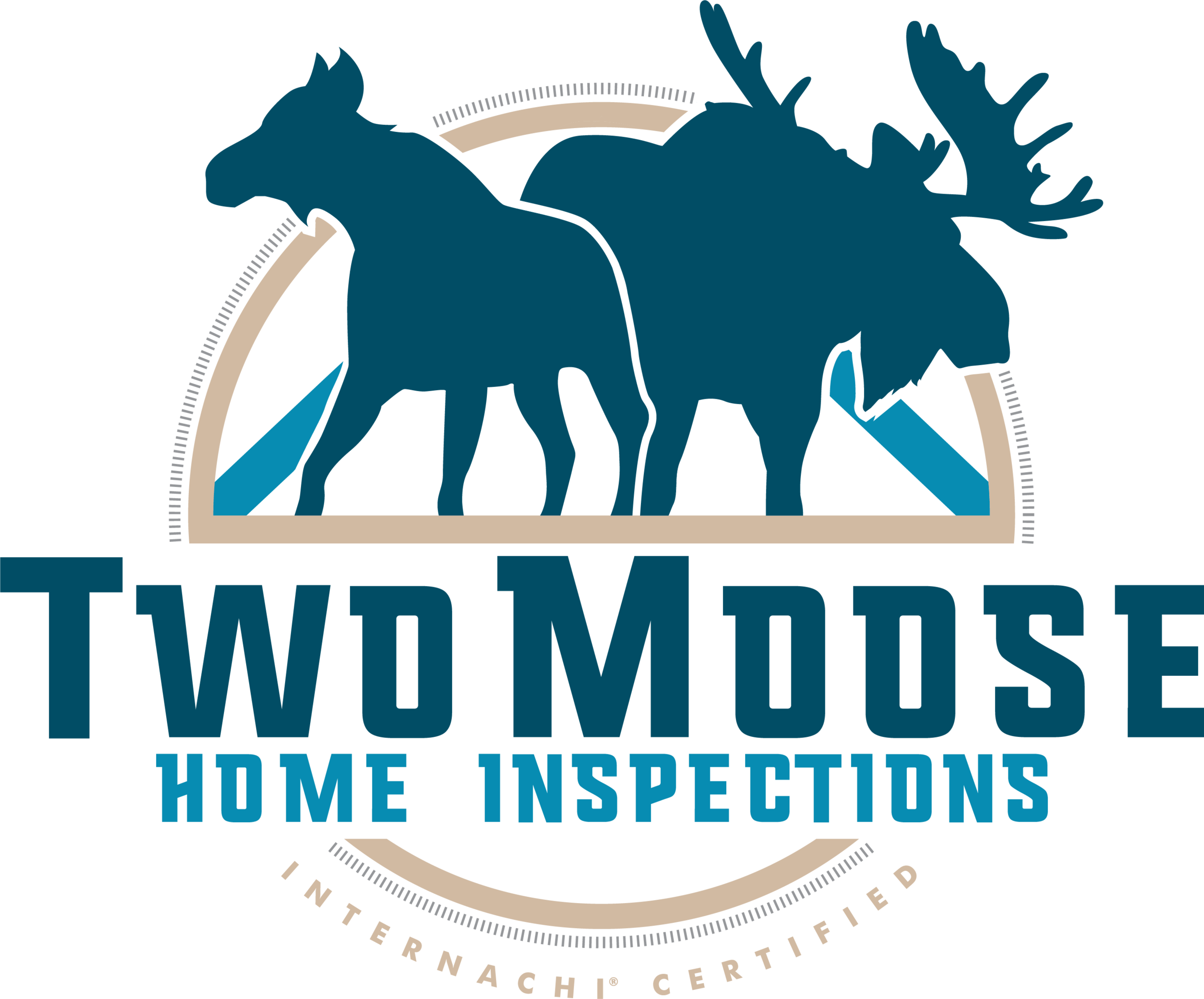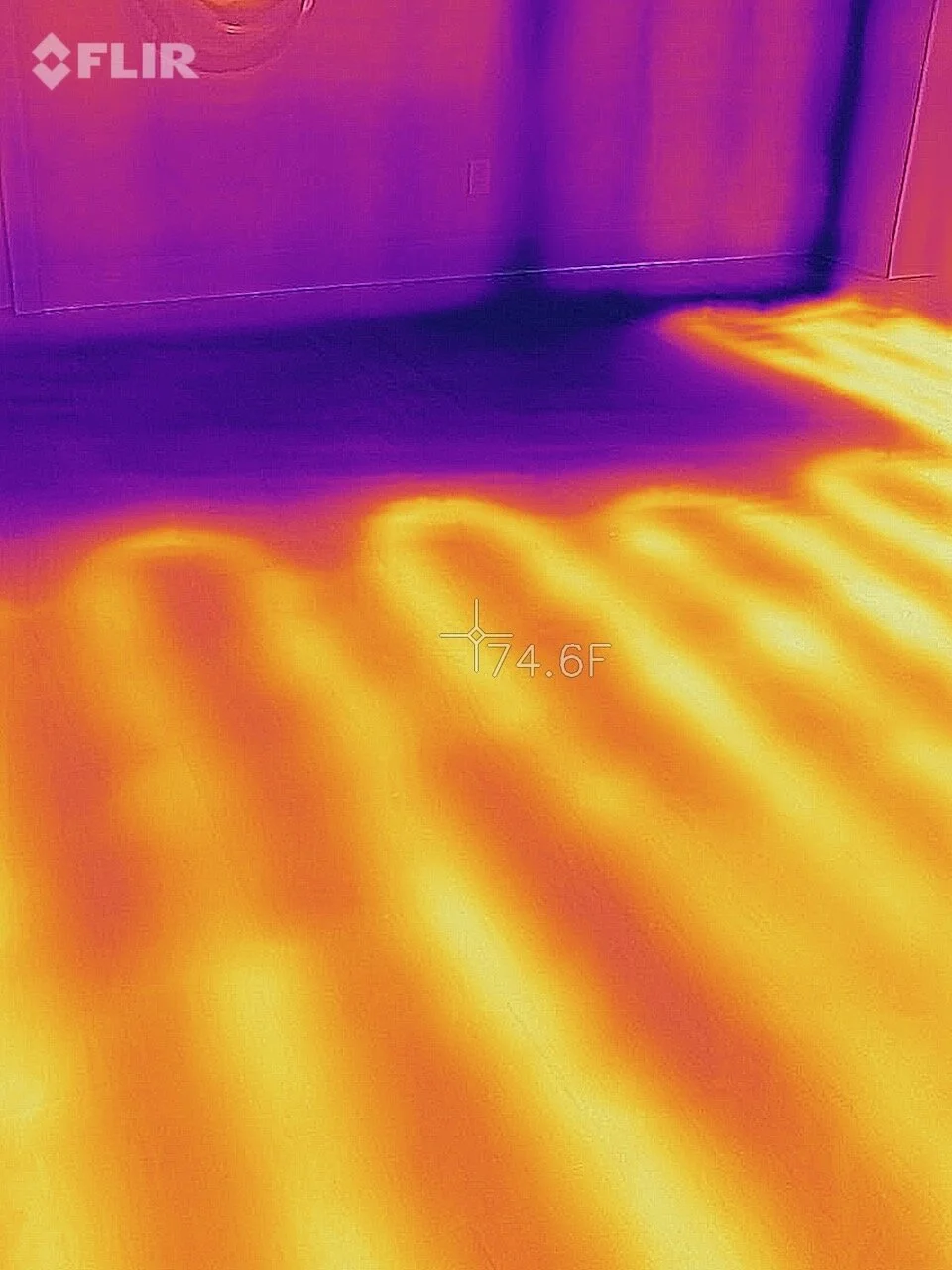Thermal Imaging
Thermal Imaging
At Two Moose Home Inspections we use a thermal imaging camera during every home inspection free of charge. The reason we don’t charge to use our thermal camera is because we equate the use of our thermal camera to the use of our flashlight.
A flashlight lets us see things that we otherwise would not have been able to see, and the thermal camera works in the same way to allow us to see things we otherwise wouldn’t be able to see. Charging for the use of a flashlight would be crazy and we feel the same about charging for thermal imagery.
Does My House Need Thermal Imaging
Every house should be looked over with a thermal camera. At Two Moose Home Inspections, we do not charge for thermal imaging and we include it with every home inspection. The thermal camera can help find evaporating moisture, issues with the heating system, and a number of other things.
It is nearly impossible to verify the function of in-floor radiant heat and find issues with insulation hidden behind the walls without the use of thermal imaging. Therefore, every house should always have a thermal camera used in conjunction with the visual inspection of the home.
What Could Go Wrong
Without a thermal camera an inspector may not be able to see issues with insulation, heating, air gap sealing, water leaks, undersized electrical components, inoperable appliances, and pests nesting in the walls.
Any one of these issues could be very expensive for the home buyer to remedy if not caught during the home inspection. If the issues are caught, this will allow the buyer to negotiate repairs with the seller.
In general terms even with a thermal camera not all issues will be found, but significantly more issues can be found using a thermal camera when compared to the naked eye.
What’s the Next Step
If an issue is found using the thermal camera the findings will be put into the inspection report and then you and the realtor can discuss a strategy for negotiating repairs with the seller.
Some issues are so minor or cost prohibitively expensive to repair that they may go untreated. An example of this is overly packed insulation in a vaulted ceiling. If insulation is packed too tightly it may not be as energy efficient and may present to the thermal camera as a dark spot during the winter and a hot spot during the summer.
To repair this issue the ceiling would have to be torn down, new insulation installed in the ceiling, a complete reinstallation of the ceiling, and new paint added to the ceiling. The cost to do this far outweighs the three dollars of heat loss experienced every year from the overly packed insulation.
The Two Moose Home Inspections Process
Near the end of the inspection when the inspector has had a chance to inspect the whole house and make a note of the possible issues that the thermal camera might find, the inspector will then begin to inspect the house using the thermal camera. This is often done with a broad sweep of the room looking at the ceiling, floor, and surrounding walls and then a more narrow sweep to look for specific issues.
Our pricing and availability is located on the Two Moose Home Inspection website when you click “Schedule an Inspection”. You can schedule everything online and you will see an invoice and pre-inspection agreement from us once we get access to the house from the homeowner.
If you have any further question, please send us a message.

